Science News
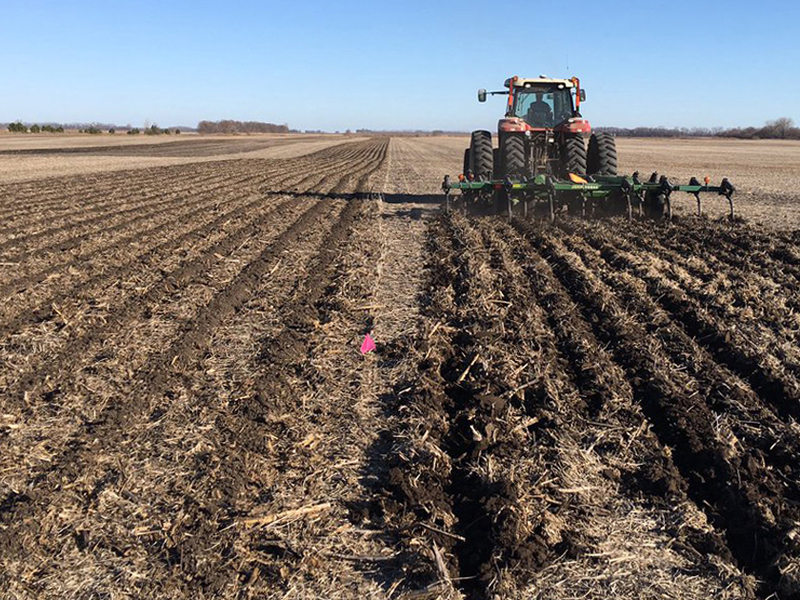
Just as we blend, cut, and fold ingredients together to follow a recipe, farmers use equipment to stir together soil and crop residue (stalks and roots of previous crops) before planting. This mechanical action is called tillage.
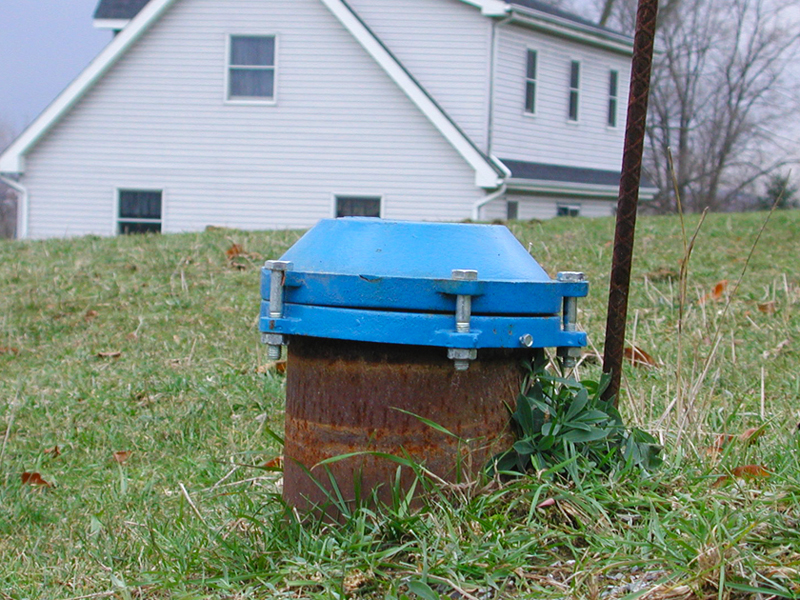
Homeowners who rely on private wells as their drinking water source can be vulnerable to bacteria, nitrates, and other contaminants that have known human health risks. Because they are not connected to a public drinking water supply, the homeowners are responsible for ensuring that their own drinking water is safe.
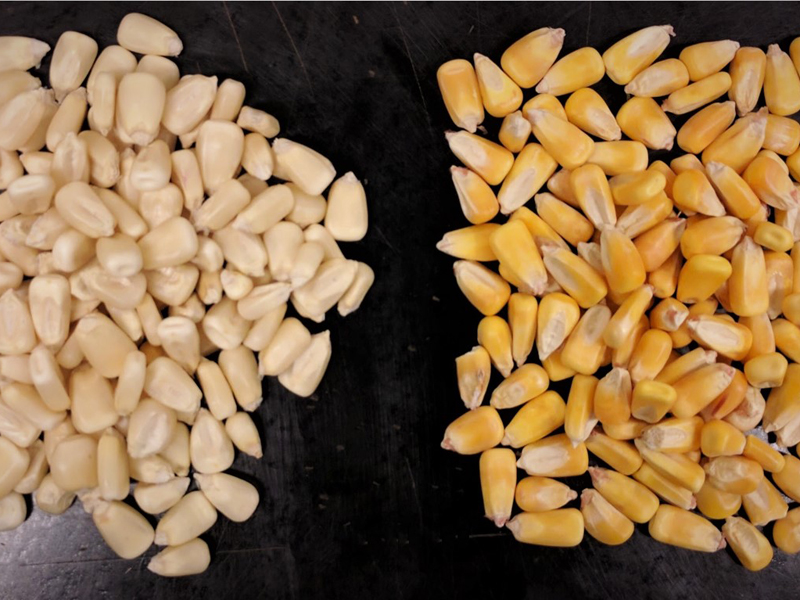
Products we commonly buy at the supermarket, such as tortillas and corn chips, are made from food grade corn. The corn is grown, harvested, bought by a food company, turned into masa (dough from ground corn) through a chemical process, and then made into our favorite products.
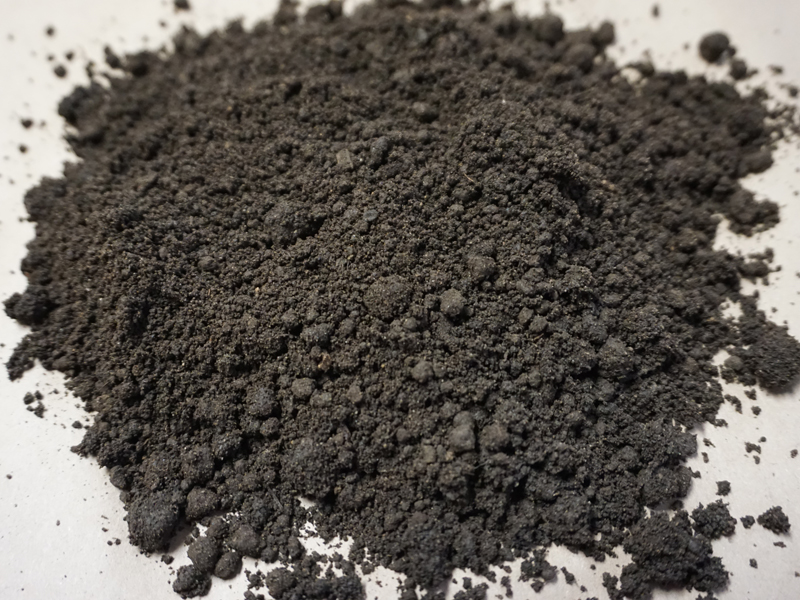
The “zero waste” trend could have a friend in the form of biosolids. Biosolids are the materials produced after domestic waste is treated in urban wastewater systems. In the past, most of this solid material was transferred to landfills. But, processes developed over the past few decades can create “exceptional quality” biosolids.

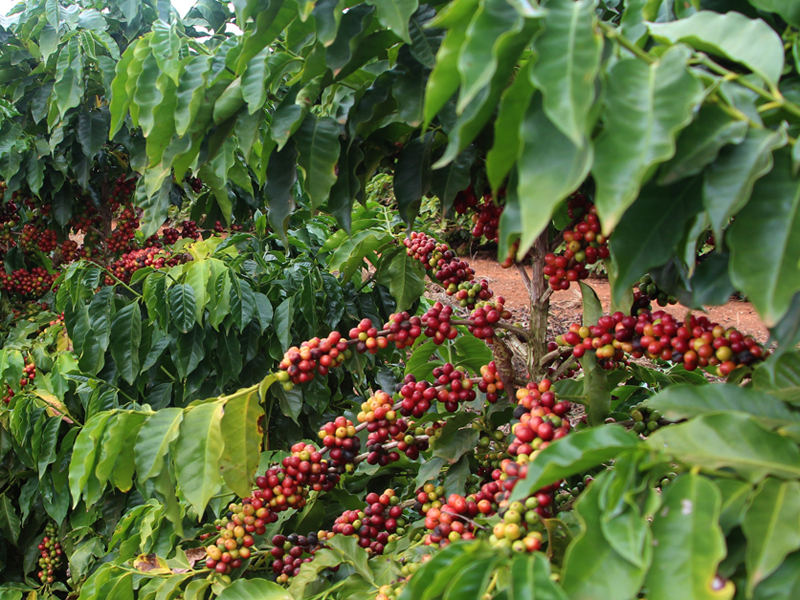
Each day, more than 2 billion cups of coffee are consumed worldwide.

Developing countries produce about 90% of the beans used to make all those lattes, espressos and mochas. That makes coffee a key source of revenue and livelihood for millions of people worldwide.
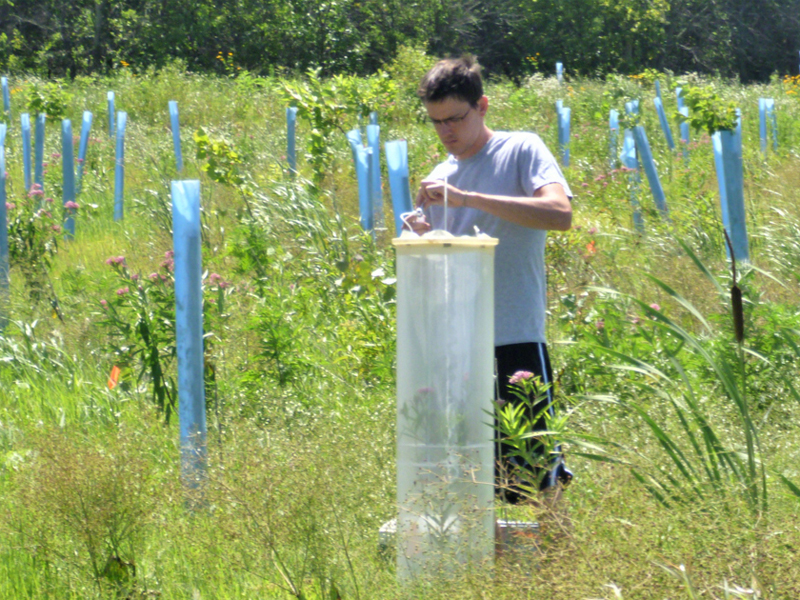
Wetlands are an important part of the Earth’s natural water management system. The complex system of plants, soil, and aquatic life serves as a reservoir that captures and cleans water. However, as cities have expanded, many wetlands were drained for construction. In addition, many areas of land in the Midwest were drained to increase uses for agriculture to feed a growing world.
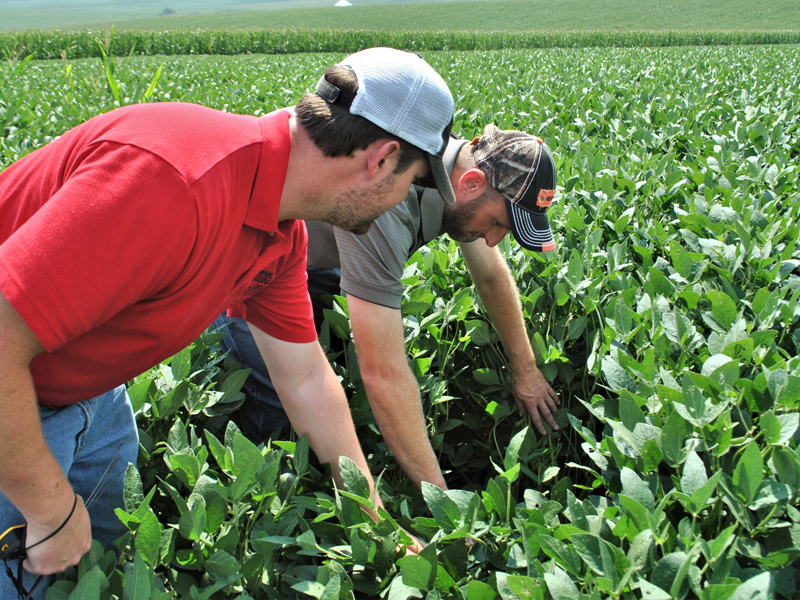
Farmers have been innovators and experimenters for millennia. They developed new types of crops and methods of farming.

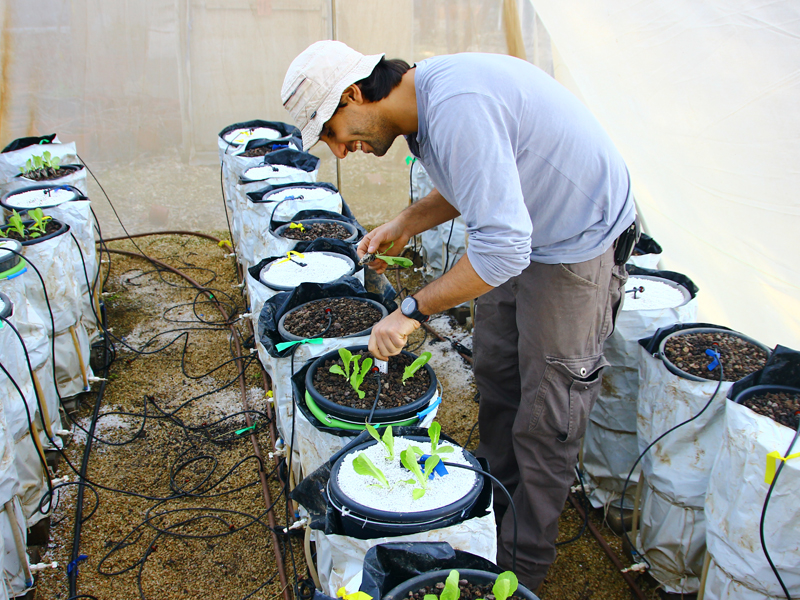
We all know plants need nutrients, especially nitrogen and phosphorus. To give crops a boost, they are often put on fields as fertilizer. But we never talk about where the nutrients themselves come from. Phosphorus, for example, is taken from the Earth, and in just 100-250 years, we could be facing a terrible shortage. That is, unless scientists can find ways to recycle it.
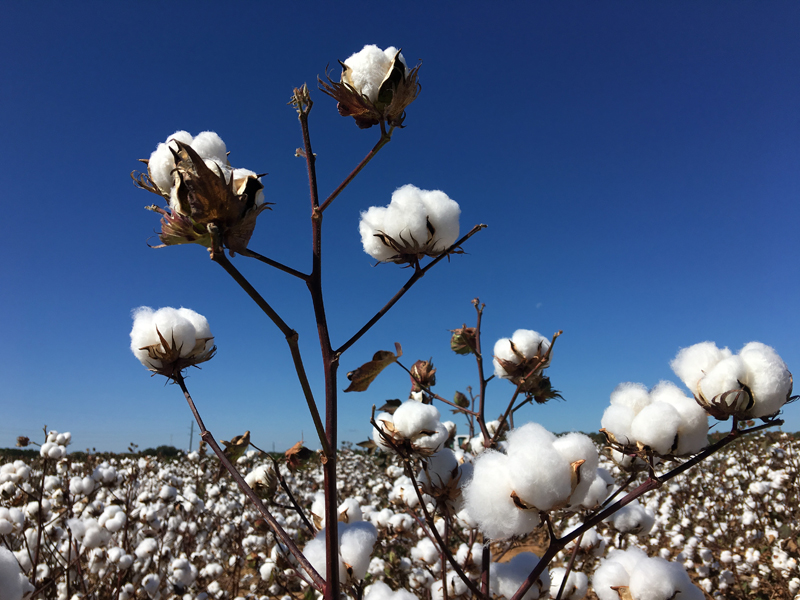
Cotton breeders face a “Catch-22.” Yield from cotton crops is inversely related to fiber quality. In general, as yield improves, fiber quality decreases, and vice-versa. “This is one of the most significant challenges for cotton breeders,” says Peng Chee, a researcher at the University of Georgia.

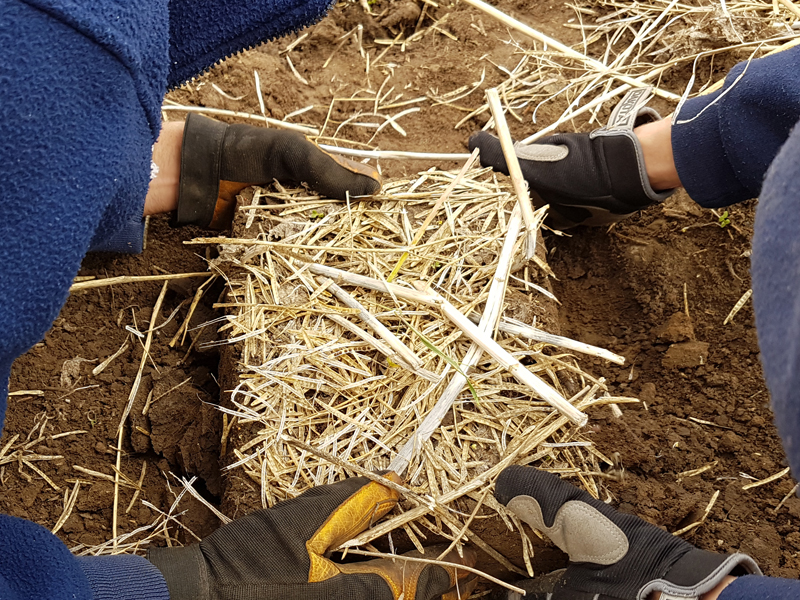
We’ve all heard about the magical combination of being in the right place at the right time. Well for fertilizer, it’s more accurate to say it should be in the right place at the right rate. A group of Canadian scientists wanted to find the perfect combination for farmers in their northern prairies.

